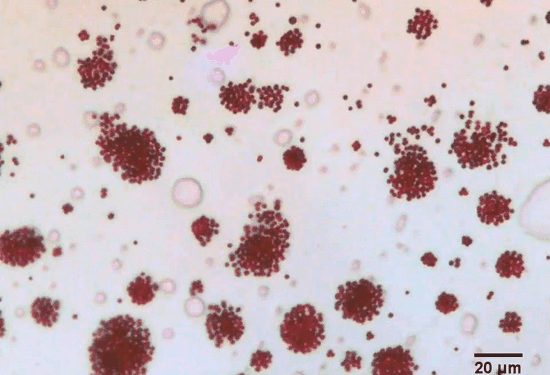New York: Chinese scientists have developed a robotic system inspired by a colony of ants that can collectively achieve complex tasks like gathering large prey.
The study, published in the journal Science Robotics, described the nanorobots fleet that have demonstrated potential for in-body diagnosis and treatment at the cellular or even molecular level.
A single robot is two micrometre in diameter, 40 times smaller than a hair, thus capable of running through blood capillaries, lead author Xie Hui, Professor at Harbin Institute of Technology in China, reported Xinhua.
The peanut-shaped iron microrobots can be energised by an alternating magnetic field, offering high flexibility to collectively perform multiple tasks in a confined environment.
By tuning the frequency of the rotating magnetic field and its polarisation in three-dimensional space, the researchers obtained a series of well-controlled, fast and reversible transformations, Xie said.
Those formations include liquid, chain, vortex and ribbon. They can form narrow paths or channels to deliver heavy loads beyond a single robot’s capability.
Xie said the robotic swarm might be used to identify and attack pathological cells or even stay inside the body for health monitoring in the future, providing a new tool for early-stage detection and treatment.
IANS






































